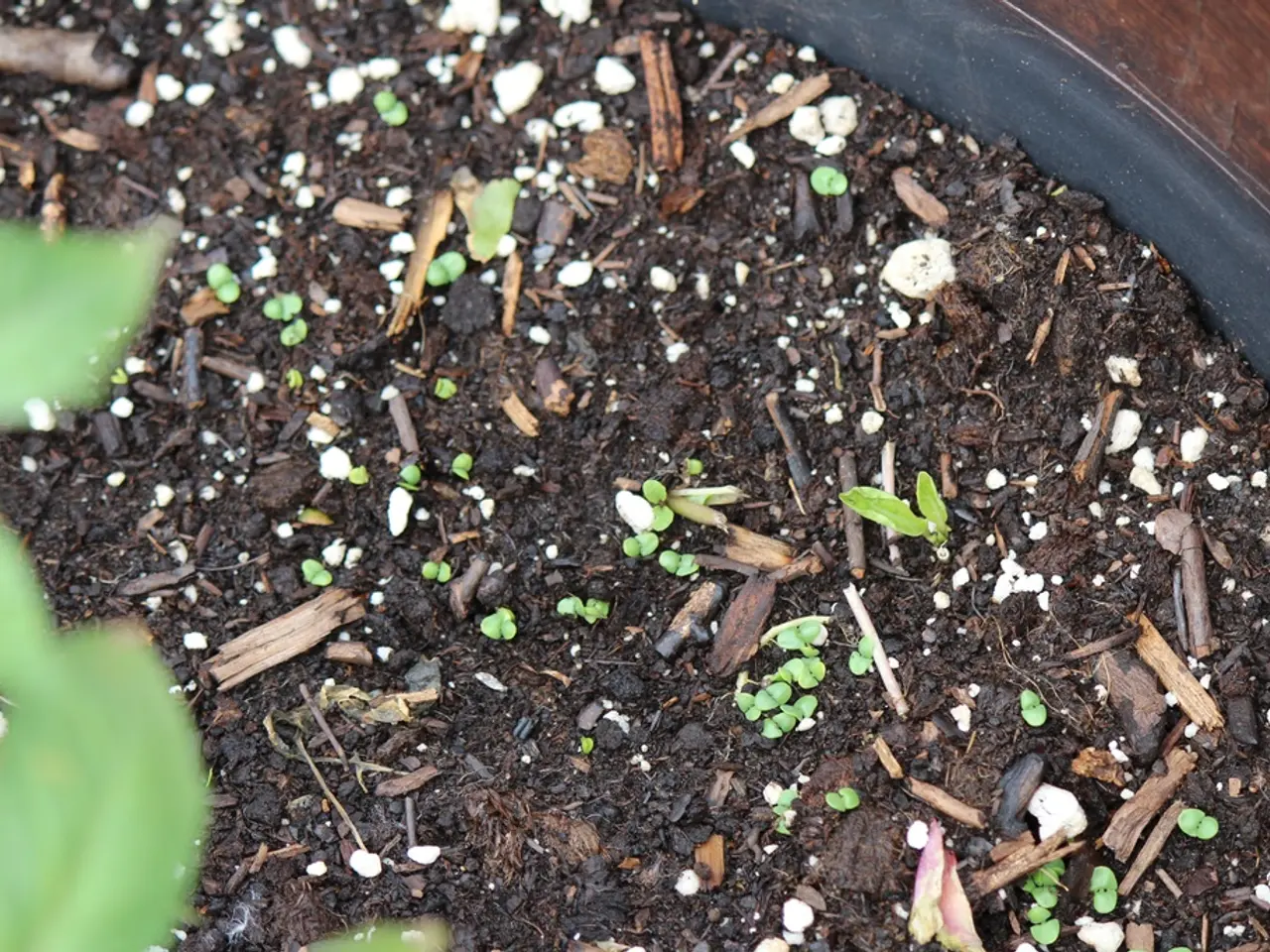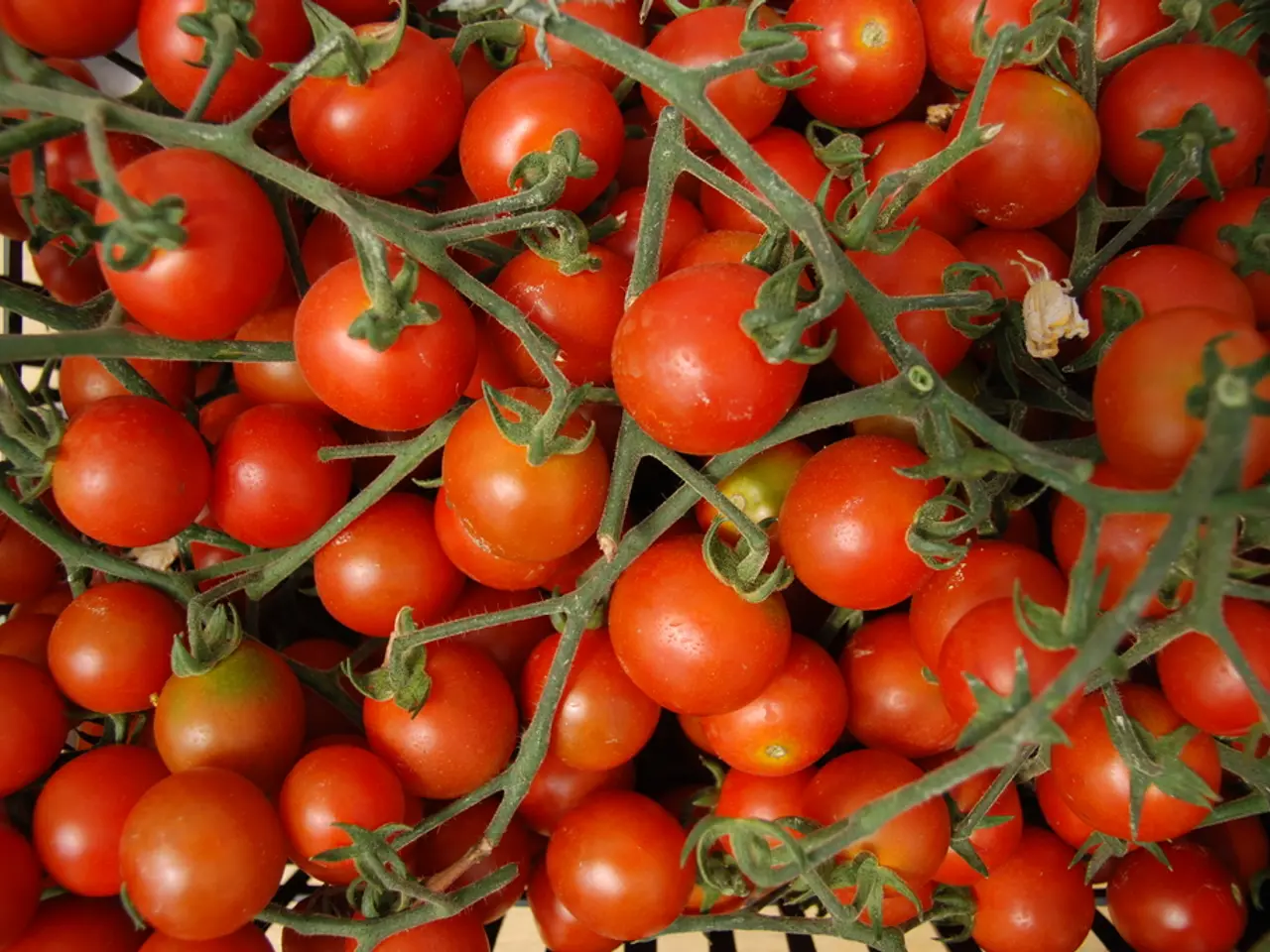Tending to Garden Earth
In the world of home gardening, understanding and maintaining soil health is crucial for a bountiful harvest. Here's a comprehensive guide on soil testing, amending, and maintaining soil for a thriving home garden.
1. Soil Testing
Begin by collecting soil samples from various spots and depths (generally 0–15 cm) for a representative sample. Clean tools between sampling to avoid contamination. Use portable digital soil testers, send samples to state or private labs, or use DIY soil test kits. Test for pH, macronutrients (N, P, K), secondary nutrients (Ca, S, Mg), micronutrients (Fe, Mn, B, Mo, etc.), organic matter, moisture, salinity, and possible contaminants. Test at least once a year, preferably in spring before planting, to monitor changes and adjust management. Use digital tools, agronomist advice, or lab reports to understand soil health indicators like pH (ideal near neutral ~6.5–7 for most plants) and nutrient levels, enabling precise amendment planning.
2. Soil Amending
Adjust pH if necessary. If soil is acidic (pH below 6), apply lime to raise pH; if alkaline, apply sulfur or organic matter to lower pH. Incorporate compost, aged manure, leaf mold, or other organic materials to improve soil structure, fertility, moisture retention, and microbial activity. Apply fertilizers or nutrient amendments based on soil test results targeting deficient nutrients with appropriate amounts and forms. Amend heavy clay or sandy soils by adding organic matter and possibly sand or gypsum to enhance soil aggregation and water retention or drainage as needed.
3. Soil Maintenance
Mulching regularly helps conserve moisture, regulate temperature, and reduce erosion and weed growth. Rotate plant families to prevent nutrient depletion and reduce pests and diseases. Plant cover crops (green manure) during off-season to protect soil, improve organic matter, and fix nitrogen if legumes are used. Minimize disturbance to maintain soil structure and microbial life.
4. Ongoing Monitoring and Adjustments
Use digital or manual records of soil tests over time to adjust fertilization, irrigation, and amendments dynamically. Consider technologies like IoT moisture sensors or satellite imagery for larger gardens to optimize care where feasible.
Following these best practices helps create a balanced, fertile, and resilient home garden soil that supports healthy plant growth year after year.
In summary:
- Test soil annually with representative samples focusing on pH and nutrient content.
- Amend soil based on test results, focusing on pH adjustment and adding organic matter.
- Maintain soil health with mulching, crop rotation, cover crops, and minimal tillage.
- Monitor changes and adapt your practices accordingly using soil testing and, if possible, digital tools.
This approach aligns with modern agronomic standards and gardener-friendly methods as outlined in recent expert guidance.
Remember, commercial fertilizers state the guaranteed analysis on the bag, indicating the percentages of nitrogen, phosphate, and potash in the fertilizer. Many garden plants benefit from fertilizer applications, and the rate and frequency depend on various factors like the nutrient analysis of the fertilizer, plant species, soil type, and environmental conditions. Happy gardening!
- Fertilizers will benefit many garden plants, with application rates and frequency dependent upon factors like the nutrient analysis, plant species, soil type, and environmental conditions.
- Adhere to modern agronomic standards by maintaining a record of annual soil tests, rotating plants to prevent nutrient depletion, and using cover crops to protect soil and improve organic matter.
- Landscaping your home garden can include not only flowers and plants, but also composting and implementing gardening practices that promote soil health and a bountiful harvest, such as mulching and minimal tillage.
- Products like home-and-garden extension services can provide advice on managing soil disease, as well as encouraging a lifestyle of home gardening that includes understanding soil health indicators and methods for maintaining and amending it.
- When starting a home garden, it's essential to acknowledge that various weeds can affect plant growth. Utilize correct amendment and maintenance practices to manage them along with pests and diseases.
- Incorporating organic materials in your soil, such as compost, aged manure, or leaf mold, helps improve soil structure, fertility, moisture retention, and microbial activity, ultimately enhancing the overall health of your plants and garden landscape.




